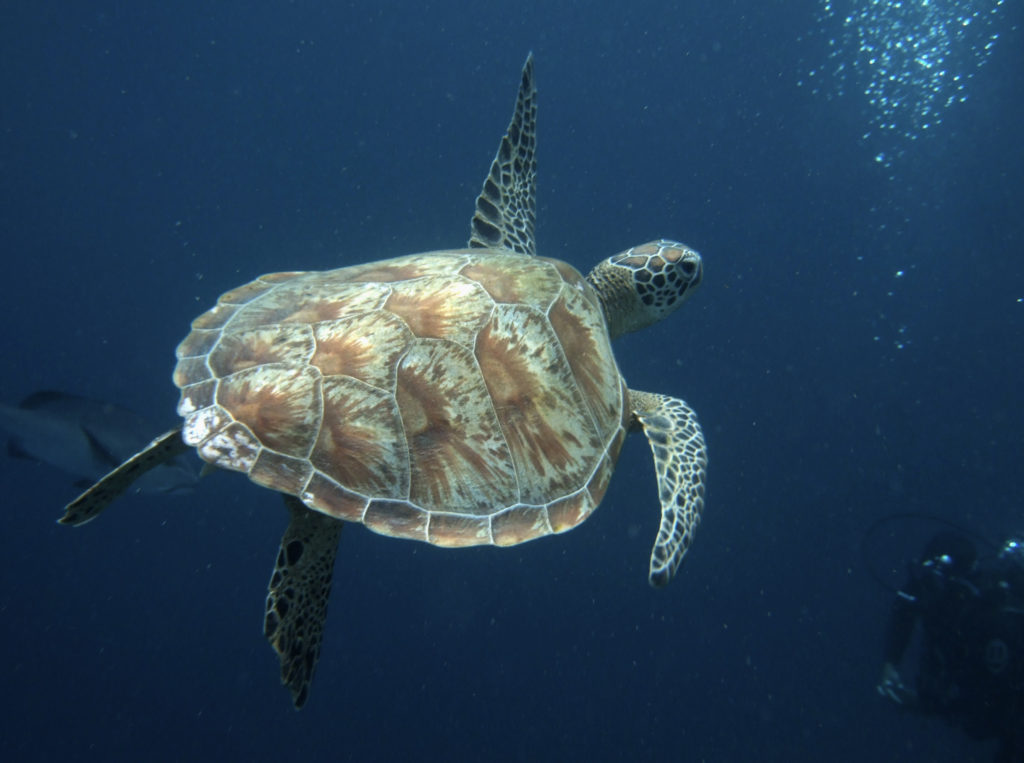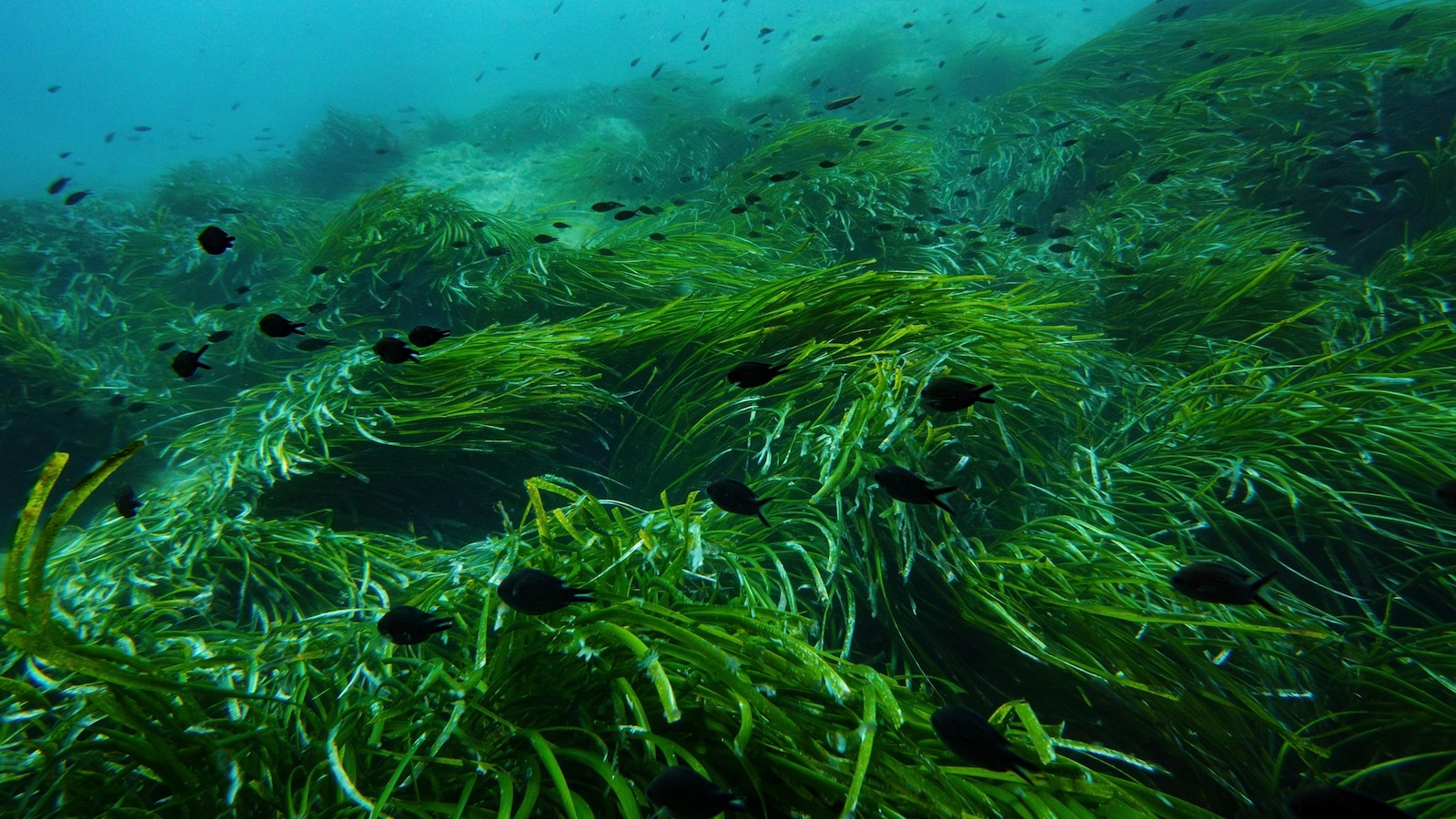Nations Ratify Landmark High Seas Treaty to Protect Marine Biodiversity
The world's first legally binding high seas treaty has been ratified, establishing a framework to conserve and sustainably use marine biodiversity in international waters, addressing threats like overfishing and climate change.
Subscribe to unlock this story
We really don't like cutting you off, but you've reached your monthly limit. At just $5/month, subscriptions are how we keep this project going. Start your free 7-day trial today!
Get StartedHave an account? Sign in
Overview
- The first legally binding agreement to protect marine biodiversity in international waters has been established, setting rules for conservation and sustainable use.
- This treaty covers nearly two-thirds of the ocean, addressing areas previously lacking a comprehensive legal framework for establishing marine protected areas.
- It aims to combat increasing threats to the high seas, including overfishing, climate change, and deep-sea mining, which previously went unregulated.
- Decisions under the treaty will be made multilaterally through conferences of parties, creating a legal process for countries to designate marine protected areas.
- Morocco's signing as the 60th nation paves the way for the treaty to take effect next year, crucial for achieving the global '30x30' target of protecting 30% of the planet's land and sea.
Report issue

Read both sides in 5 minutes each day
Analysis
Center-leaning sources frame this story by emphasizing the treaty's necessity and positive impact on marine conservation. They highlight environmental threats and the treaty as a crucial solution, using language that underscores its importance and the urgency of ratification. The coverage focuses solely on benefits, omitting any potential challenges or opposing viewpoints.
Articles (4)
Center (3)
FAQ
The treaty establishes a legally binding framework to conserve and sustainably use marine biodiversity in international waters, covering nearly two-thirds of the ocean. It aims to protect against threats like overfishing, climate change, and deep-sea mining by enabling the designation of marine protected areas through multilateral decision-making processes.
The treaty will enter into force 120 days after the 60th ratification, which occurred on September 19, 2025, making January 2026 the effective date. The first meeting of the treaty's Conference of the Parties to implement conservation actions is expected within a year after entry into force.
By establishing legal mechanisms to create marine protected areas on the high seas, which constitute almost two-thirds of the ocean, the treaty is crucial for achieving the global '30x30' target of protecting 30% of the planet's land and sea by 2030.
As of September 2025, 60 countries including Morocco have ratified the treaty, enabling it to enter into force. However, significant countries such as the United States have signed but not ratified the treaty, with Senate approval pending and unlikely in the near term.
Governance will be conducted through the Conference of the Parties, convened by the UN Secretary-General within one year of entry into force, supported by Preparatory Commission sessions that develop the legal and institutional frameworks necessary for effective management and enforcement.
History
- This story does not have any previous versions.


